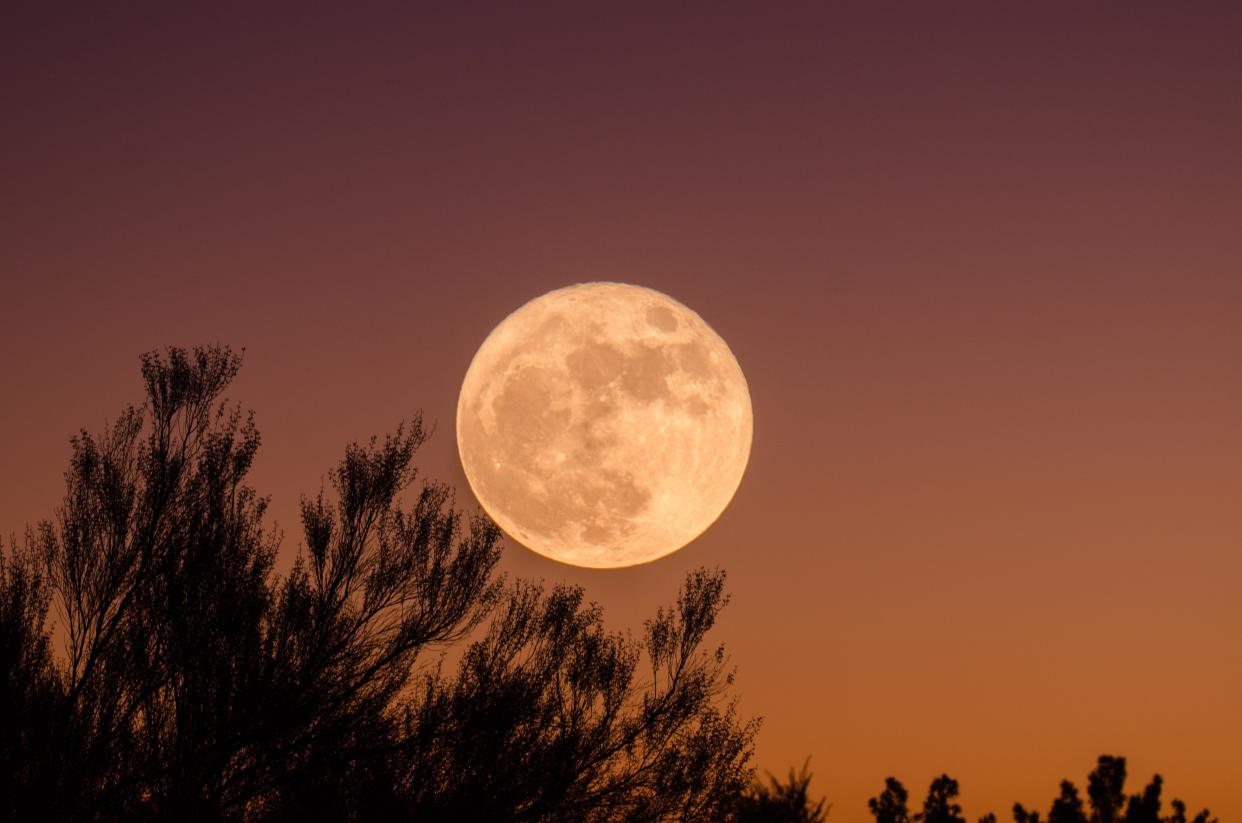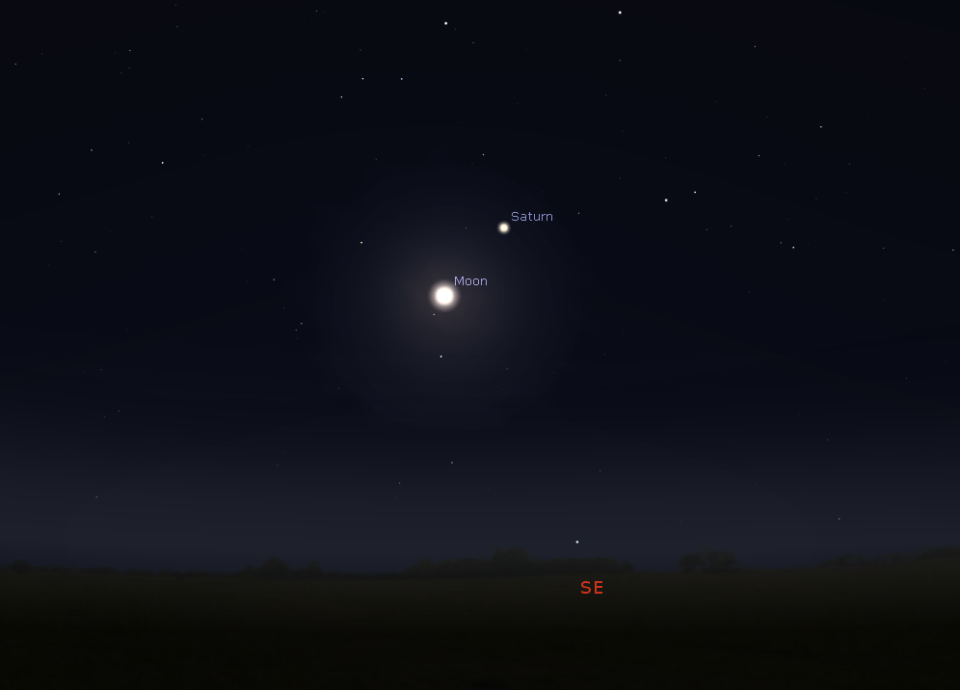August brings 2 full moons, 2 supermoons, and a blue moon

Stargazers mark your calendars. August’s first full moon is almost here, and this one is unique. Taking place on the first day of the month, this full moon is also a supermoon.
Furthermore, a second full moon, also a supermoon, will occur at the end of the month. A rare phenomenon, this blue moon is also the closest supermoon of the year.
When are the full moons taking place this month?
The first full moon also referred to as the Sturgeon Moon, will take place on Tuesday, Aug. 1. According to Old Farmer’s Almanac, the moon will reach its peak at 2:32 p.m. If you miss the peak, don’t fret, as it will still appear full on Aug. 2.
The full moon in August is traditionally known as the Sturgeon Moon. A sturgeon is a prehistoric-like fish still around today, while rare. They can be traced back to over 130 million years ago and numerous species developed worldwide, with some finding a place to call home in the Great Lakes. The full moon was given this name because sturgeons were most often caught around this time of the year.
The second full moon of the month, also referred to as a blue moon, will take place Wednesday, Aug. 30. It will reach its peak at 9:36 p.m. It will also appear full the day prior to and following its peak.
What is a supermoon?
Both full moons taking place in August are also considered supermoons. A supermoon occurs when a full moon’s orbit is closest to the Earth, according to NASA. Because the moon travels the Earth in an ellipse, an oval-like shape, it moves closer and farther from the planet as it travels.
Supermoons occur four times a year when the moon is closest to the Earth. Supermoons often appear both larger and brighter than a regular full moon, but only slightly.
This year, the four supermoons are occurring consecutively, which is a rare sight. The first took place on July 3 and the last will occur on Sept. 29.
More: 7 Detroit tours that tell a deeper story of the city: What to know
More: Detroit Tigers' Lakeland 2024 spring schedule announced
What is a blue moon?
A blue moon is the second full moon to occur in a calendar month. Typically, full moons only happen once a month as they take place every 29 days. However, it is possible for two to fall during the same month as months are normally 30 to 31 days long.
Blue moons typically take place every two and a half years, with the last one visible on Aug. 22, 2021. The next blue moon won't occur until May 31, 2026.

Will the skies be clear for the Aug. 1 supermoon?
According to the National Weather Service, Tuesday, Aug. 1 will be sunny with a high of 79 degrees. In the evening, it will be partly cloudy with a low of around 61 degrees. While city folks may be able to see the full moon, it's best to go outside city limits with clear skies and less pollution.
This article originally appeared on Detroit Free Press: August to bring 2 supermoons, 2 full moons, blue moon: Dates to know

